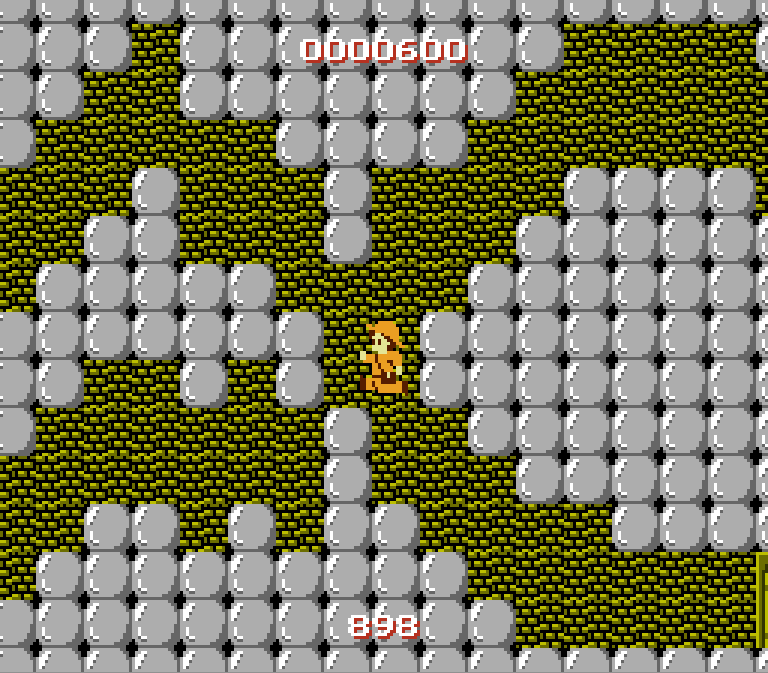Overview

Atlantis no Nazo (loosely translated to "The Mystery of Atlantis") is an action-adventure platformer developed and published by SunSoft for the Family Computer, exclusively in Japan, on April 17, 1986.
In Atlantis no Nazo, players assume the role of Wynn, a young adventurer who sets out through the mystical island of Atlantis, which has risen from the ocean depths, to acquire treasure and rescue his missing master. Along the way, he must fend off enemies using an endless number of dynamite, perform tricky platforming jumps, acquire new power-up items, and find the correct path between the 100 "zones". It is later revealed that the main antagonist is the evil emperor Zavira, who aims to revive the empire of Atlantis for himself.
The game is known for its non-linear level progression, as different doors and hidden "warp" areas lead Wynn to differently-numbered zones, potentially leading him backwards. Many of the hidden warps are only accessible through nonsensical means, such as throwing dynamite into hidden spaces, falling into certain pits, or having Wynn blow himself up on certain spots. Some of these zones are detrimental to the player, such as some zones (57 and 94) flashing colors repeatedly (potentially causing photosensitive epilepsy) and one zone (42, the infamous "BLACK HOLE!" zone) being an inescapable pit. Three zones (55, 59, and 84) are inaccessible without cheat codes.
In 2001, the game was ported to two compilations: Ultra 2000 Sunsoft Classic Games 1 (for the PC) and Memorial Series SunSoft Vol. 2 (for the PlayStation). It was also digitally released as a Virtual Console title for the Wii (on December 2, 2008), Nintendo 3DS (on October 2, 2013), and Wii U (on April 22, 2015), added to the Nintendo Switch Online service on February 19, 2020, and included in the 2016 Nintendo Classic Mini: Family Computer mini-console. All of these releases were exclusive to Japan, some of which remove the strobe light effect in certain zones.
A prototype localization of the game was unraveled decades later, revealing that it was to be published by Activision under the name Super Pitfall II, as a sequel to the unrelated game Super Pitfall. Along with some minor localization changes, it also changes certain zones (such as having Zone 42 warping to Zone 29 when the player has one life remaining, and the hidden Final Zone granting every power-up).
Log in to comment